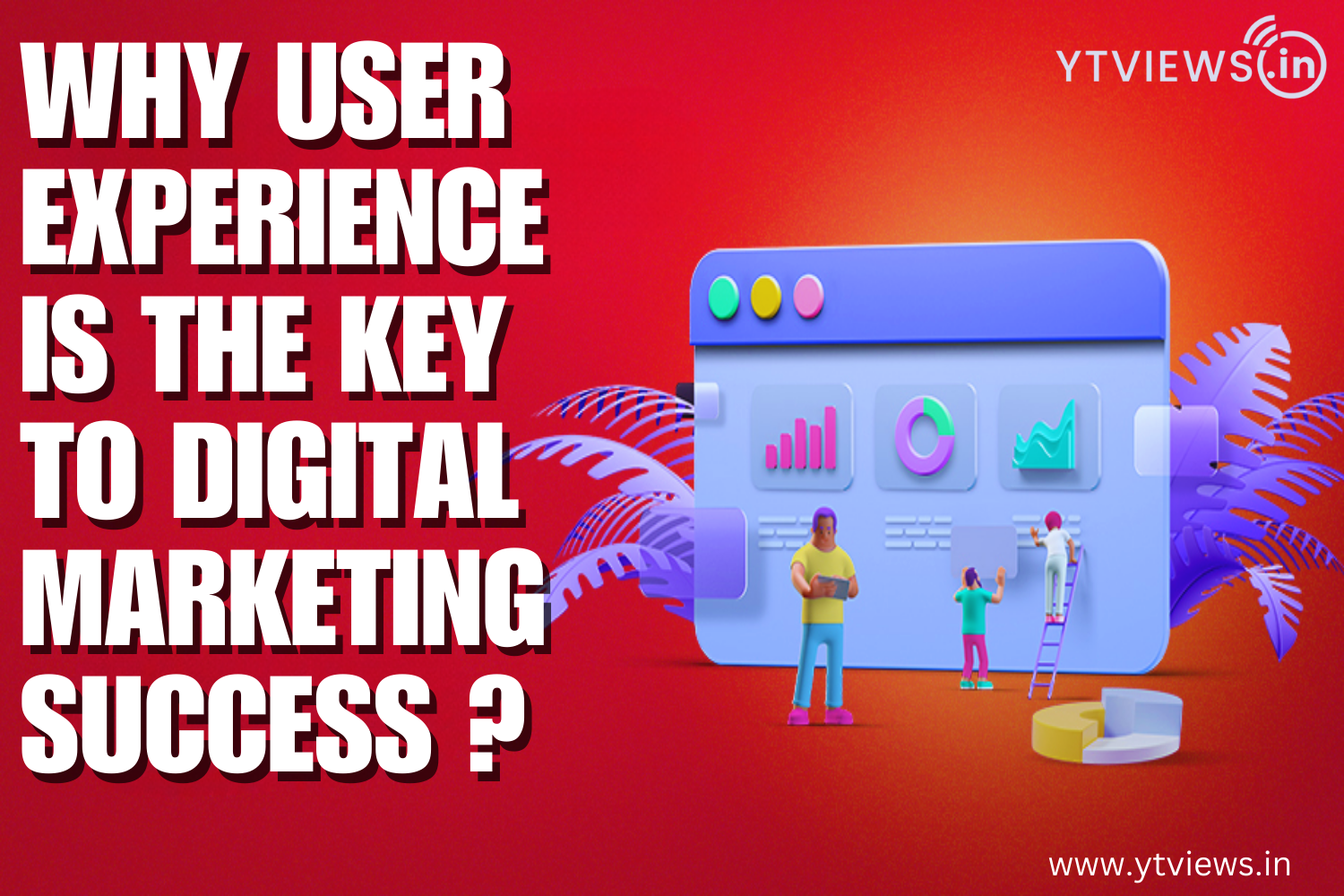Why user experience is the key to Digital marketing success
 Today’s consumers are smart, savvy, and time-starved, and they want their needs delivered in an instant.
Today’s consumers are smart, savvy, and time-starved, and they want their needs delivered in an instant.
Whether at a desk, on a bus or in a bank line, people like to access the internet for a variety of reasons; whether to shop, book flights, check in with friends, or just search for information. These various online functions all have one thing in common: the quality of an individual’s online experience makes a huge impact.

A critical part of that experience is the ease with which a consumer can find, access, review or buy products and services. For businesses wanting to attract and convert that interest into revenue, user experience (UX) is crucial to their success and, in many cases, survival.
When it comes to developing and executing modern digital marketing strategies, UX is often overlooked. In fact, only 55% of brands are currently in the process of user experience testing—which is incredible when you consider that 74% of people will return to a website if its UX is optimized for mobile.
The ideal online customer journey is a user-friendly website that combines seamless navigation; a clean-cut purchasing journey; dynamic and digestible content; top notch customer support, and mobile device compatibility. By combining these elements, a business can create a digital environment that can make a brand stand out from the pack.
User experience in a mobile world
The rise in smartphone usage has changed the way people view, buy, and connect online. With a 504% growth in media consumption since 2011, the desktop is becoming the less-preferred touchpoint for an increasing number of digital users.
Mobile is so ingrained into the psyche of today’s consumer that mobile users are significantly more likely to abandon a website if it isn’t correctly optimized for their phone—and if you’re running a business, this could mean a major loss in conversions, or even damage your brand’s reputation.
That said, what’s alarming is that 52% of users said a bad mobile experience made them less likely to engage with a company—and with 60% of searches now performed on mobile devices, UX is a fact that simply should not be ignored.
Although mobile is a dominant force in today’s world, it doesn’t mean that desktop is no longer relevant. The majority of e-commerce transactions still take place on the PC, and as such, a balanced multi-platform strategy is essential to a successful buyer’s journey. Despite this, many marketers and brands still treat the desktop as their main area of focus, which is out of sync with today’s consumer behavior.
User experience more than just usability
While many marketers shrug off user experience as an industry buzzword, this is not the case. In fact, the most successful marketers in the industry will tell you that user experience is the key to facilitating conversions and helping you to become that glistening needle in a giant (and vastly oversubscribed) digital haystack. when you’re trying to stand out from the crowd online, one of the best ways to do so is by being clear, concise, and accessible to your target audience. No compromises.
While usability is an essential component of the user experience, it is only one piece of the overall pie as it focuses on things at surface level, while UX digs deeper into whether an individual page or piece of content will satisfy the specific needs of a user. As an entity, user experience determines how a brand speaks to its customers and delivers the message it is trying to convey, effectively.
Content is vital to user experience
One of the best ways to convey a message to your audience is by publishing content that is engaging, while offering direct value. In fact, according to a research, 82% of people enjoy reading relevant content from company blogs.
Well-crafted digital copy that is optimized for search engines is a key ingredient to a good user experience. Not only will this help your web page to rank well for relevant search terms on Google, but SEO-friendly copy will also give the consumer an informative answer to a question or query in an instant. This approach will ultimately result in conversions rather than website abandonment.
While it may seem obvious for online businesses to provide search optimized, engaging and consumer-focused content, it is often overlooked —don’t make the same mistake.
The rise of visual search
Once a dim star on the horizon, visual search is becoming an integral part of the user experience. According to a research, 62% of Millennials are looking for visual search over any other eCommerce technology, and 34% of Google searches already return image results. Marketers need to catch up to the capabilities of the technology and latest needs of consumers. The fact is that humans are intuitive creatures, and it seems that visual search will cater to our ever growing need for instant gratification in a world that gets busier by the day.

UX is not an optional luxury for competitive businesses. To give user experience the attention it deserves, time, money, and resources must be invested, which also means acquiring the skills required to ensure success.
Related Posts

Instagram Implements Advanced Protections for Teen Users.

5 Skills to Become a Successful Social Media Marketer

LinkedIn Adds AI Training Opt-out Option

What Video Editing Software Do Youtubers Use in 2024?

How VoIP Services are changing the Way We Make Calls







































